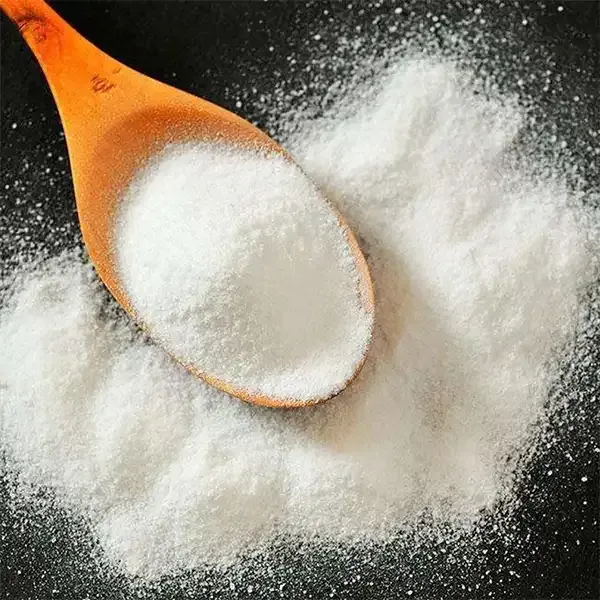Chemicals Used in Paints A Comprehensive Overview
Paints have become an integral part of our lives, serving both functional and aesthetic purposes. Whether used in homes, automotive applications, or industrial environments, paints create a protective barrier while enhancing visual appeal. However, what many people often overlook are the complex chemical compositions that make up these paints. Understanding the chemicals used in paints is essential for both safety and performance.
1. Pigments
Pigments are one of the most critical components of paint. They provide color and opacity, allowing paints to achieve their desired appearance. Pigments can be classified into two categories organic and inorganic.
- Organic pigments are carbon-based and often derived from natural sources or synthesized through chemical processes. They tend to have vibrant colors but can be less stable when exposed to light and heat. - Inorganic pigments are made from mineral compounds. Common examples include titanium dioxide (for white) and iron oxides (for reds, yellows, and browns). Inorganic pigments are typically more stable and longer-lasting compared to their organic counterparts.
The choice of pigment not only affects color but also the overall durability and performance of the paint.
2. Binders
Binders, also known as resins, play a crucial role in holding the pigment particles together and adhering the paint to the surface being painted. They form a film as the solvent evaporates, which helps protect the underlying material. Various types of binders are used in paints
- Acrylics These are water-soluble resins that offer flexibility and resistance to UV light. Acrylic paints are popular in both artistic and industrial applications due to their quick-drying properties and excellent color retention.
- Alkyds Made from modified natural oils, alkyds are commonly used in oil-based paints. They provide a smooth finish and are known for their durability, making them ideal for high-traffic areas.
- Epoxies These are two-component systems that cure through a chemical reaction. Epoxy paints are lauded for their strength, chemical resistance, and hardness, making them perfect for industrial applications.
3. Solvents
Solvents are essential in the paint formulation process, as they dissolve the binders and pigments, creating a workable liquid. They also facilitate the application process by allowing the paint to flow easily. Common types of solvents include
chemicals used in paints

- Water Used predominantly in water-based paints. Water-soluble paints are environmentally friendly, easy to clean up, and have lower levels of volatile organic compounds (VOCs).
- Mineral spirits Often used in oil-based paints, mineral spirits help to dissolve pigments and binders. However, they can release harmful vapors, making proper ventilation important during application.
- Acetone and xylene These are stronger solvents that can be found in certain specialty or industrial paints. They are effective in dissolving thick paints but should be handled with caution due to their toxicity.
4. Additives
Additives are used in small quantities to enhance the properties of paint. They can improve flow, increase durability, and provide special effects. Common types of additives include
- Thickeners These increase the viscosity of the paint, preventing it from dripping excessively during application.
- Surfactants These are used to alter the surface tension of the paint, improving its spreadability and reducing bubbling.
- Biocides To combat microbial growth in paints, especially those used in damp environments, biocides are added to ensure longevity.
5. Volatile Organic Compounds (VOCs)
One of the significant concerns surrounding paint chemicals is the presence of volatile organic compounds (VOCs). These compounds can evaporate into the air, leading to air quality issues and health concerns. Many manufacturers are now producing low-VOC or VOC-free paints to cater to environmentally conscious consumers.
Conclusion
The chemicals used in paints are varied and complex, each serving a unique function to ensure that the final product meets performance and aesthetic standards. From pigments and binders to solvents and additives, understanding these components not only aids in making informed choices but also highlights the importance of safety and environmental considerations. As technology advances, the paint industry continues to innovate, striving for greener solutions that balance quality and sustainability. Awareness of the chemicals in our paints can help us appreciate the science behind this art form while ensuring a safer environment for ourselves and future generations.
-
Rdp Powder: Key Considerations for Wholesalers in the Building Materials IndustryNewsJul.08,2025
-
Key Considerations for Wholesalers: Navigating the World of Hpmc - Based ProductsNewsJul.08,2025
-
Hpmc Detergent: Key Considerations for WholesalersNewsJul.08,2025
-
Key Considerations for Wholesalers: China Hpmc For Tile Adhesive, Coating Additives, Concrete Additives, and MoreNewsJul.08,2025
-
Crucial Considerations for Wholesalers: Navigating the World of Construction MaterialsNewsJul.08,2025
-
Key Considerations for Wholesalers Sourcing Additive For Cement, Additive For Concrete, Additive For Putty from Additive Manufacturer Shijiazhuang Gaocheng District Yongfeng Cellulose Co., Ltd.NewsJul.08,2025




